
If you want to improve bicep development, look no further than hammer curls.
This all-in-one exercise targets not just your biceps, but also the hidden muscles underneath and those running along your forearm.
It's the full-service package for anyone aiming for stronger, better-looking arms.
Whether you're a gym newbie or a seasoned athlete, hammer curls offer something for everyone.
Hammer curls work on both your biceps and the muscles along your forearm.
This exercise gives you a complete arm workout, making your arms stronger and better looking.
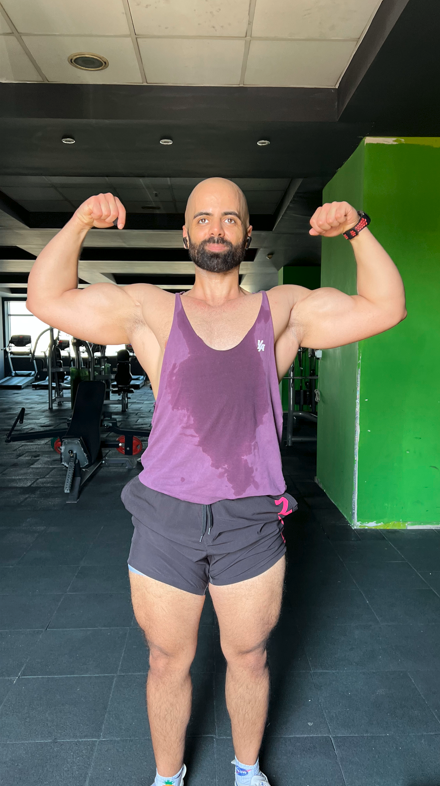
Hammer curls are not just another bicep exercise; they are backed by science.
The unique grip and motion of hammer curls target the brachialis and brachioradialis muscles, often overlooked in a standard bicep routine.
This study shows that the range of motion and targeted muscles can significantly affect muscle growth in specific arm regions.
Hammer curls have been a staple in bodybuilding for decades.
Originating as a variation of the traditional bicep curl, this exercise quickly gained popularity for its ability to target multiple arm muscles.
Over the years, it has been endorsed by fitness experts and professional bodybuilders alike, cementing its place as a go-to exercise for comprehensive arm development.
Hammer curls target multiple muscles in your arm, primarily focusing on the biceps brachii, brachialis, and brachioradialis.
Your arm is like a well-coordinated team.
The biceps might be the MVP, but the brachialis and brachioradialis play crucial roles too.
Hammer curls ensure that all these muscles get a solid workout, contributing to a stronger and more toned arm.
The biceps brachii has two heads that work together during hammer curls.
The brachialis is a supporting muscle, while the brachioradialis helps stabilize the movement.
This study shows a significant effect of hammer curls in increasing the volume of the biceps brachii muscle.
Another study reveals that altering the handgrips in biceps curls leads to specific variations in biceps brachii and brachioradialis activation.
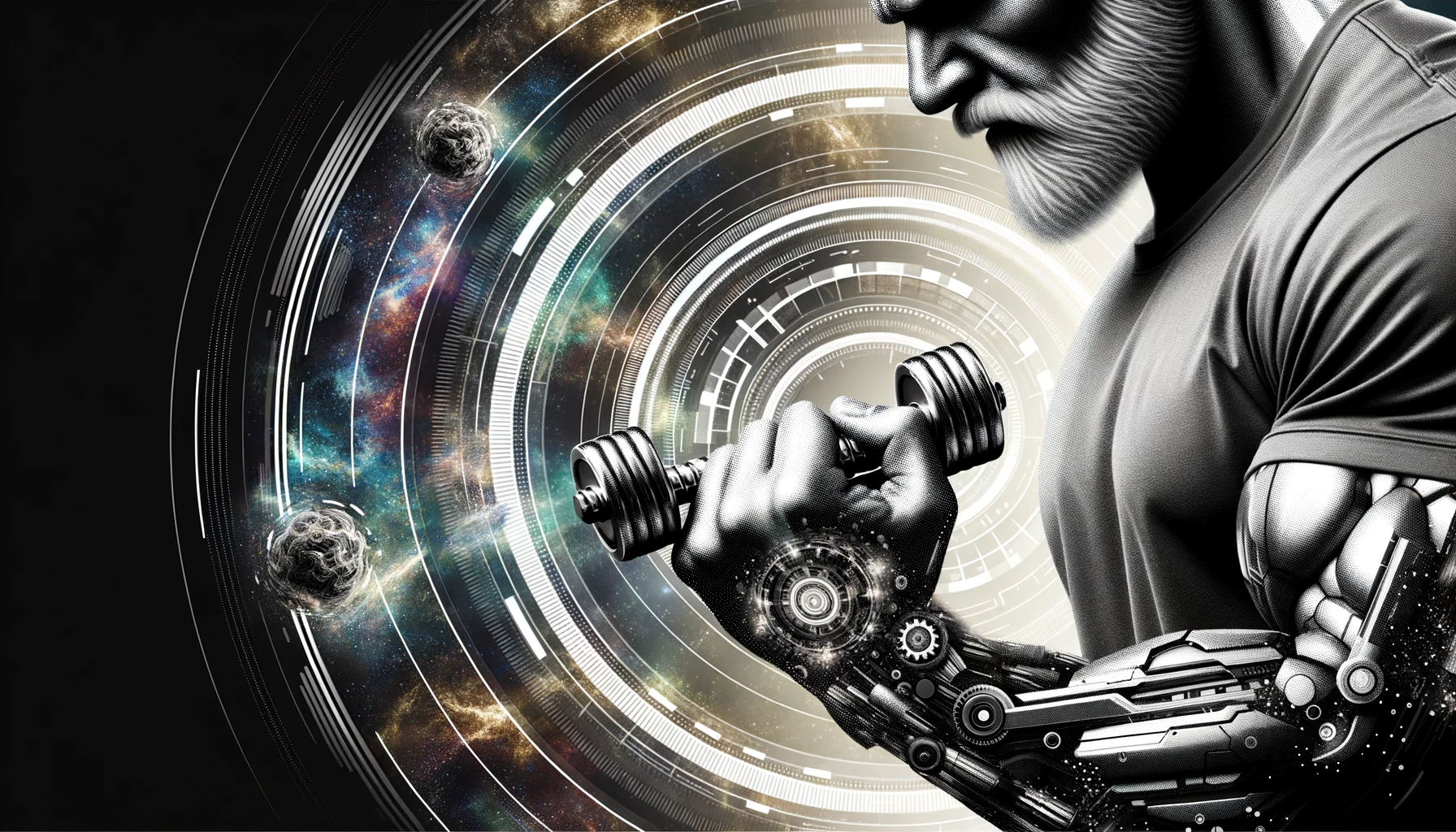
Hammer curls target both the long and short heads of the biceps brachii.
They work the part of your bicep that makes it look tall and the part that makes it look wide.
So, if you're still doing traditional bicep curls, you're missing out on a lot.
Hammer curls offer a more comprehensive arm workout, functional strength, and aesthetic gains.
It's time to add them to your routine.
By following these steps, you'll ensure that you're performing hammer curls in a way that maximizes their benefits while minimizing the risk of injury.
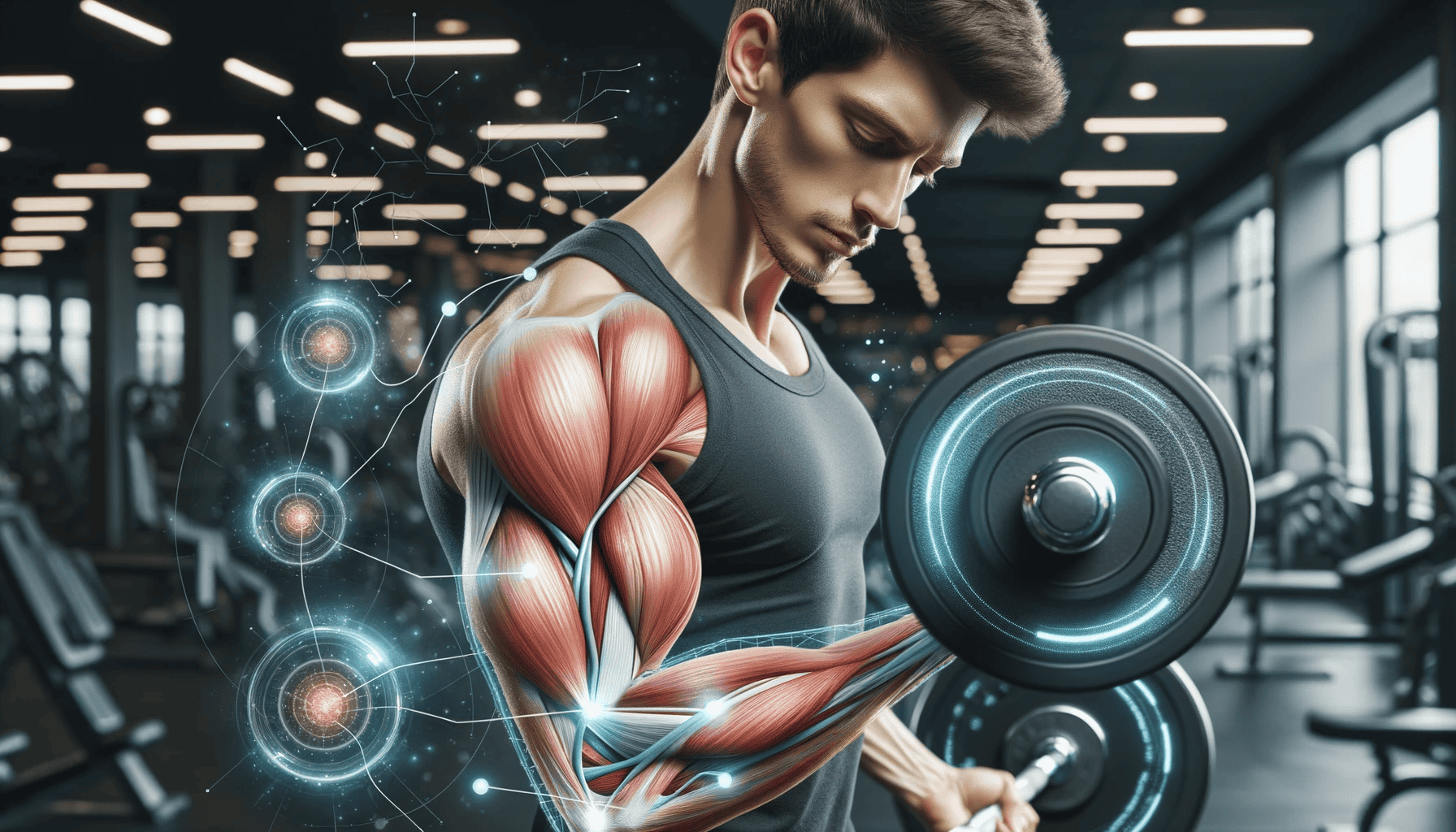
When it comes to arm workouts, the age-old debate often boils down to hammer curls vs. traditional bicep curls.
Both exercises are staples in arm training, but they serve different purposes and target different muscles.
Let's dive deep into the nuances that set these two exercises apart.
The most noticeable difference between hammer curls and traditional bicep curls is the grip.
In hammer curls, you use a neutral grip, where the palms face each other.
In traditional bicep curls, you use a supinated grip, where the palms face upward.
This simple change in grip alters the muscles engaged during the exercise.
Traditional bicep curls primarily target the biceps brachii, specifically the long and short heads.
Hammer curls, on the other hand, target not just the biceps brachii but also the brachialis and the brachioradialis.
This makes hammer curls a more comprehensive exercise for overall arm development.
Research supports that varying joint angles can enhance total muscle activation, which is what happens when you switch from a traditional to a hammer grip.

When it comes to arm workouts, the age-old debate often boils down to hammer curls vs. traditional bicep curls.
Both exercises are staples in arm training, but they serve different purposes and target different muscles.
Let's dive deep into the nuances that set these two exercises apart.
The most noticeable difference between hammer curls and traditional bicep curls is the grip.
In hammer curls, you use a neutral grip, where the palms face each other.
In traditional bicep curls, you use a supinated grip, where the palms face upward.
This simple change in grip alters the muscles engaged during the exercise.
Traditional bicep curls primarily target the biceps brachii, specifically the long and short heads.
Hammer curls, on the other hand, target not just the biceps brachii but also the brachialis and the brachioradialis.
This makes hammer curls a more comprehensive exercise for overall arm development.
Research supports that varying joint angles can enhance total muscle activation, which is what happens when you switch from a traditional to a hammer grip.
The range of motion in both exercises is slightly different due to the grip.
In traditional bicep curls, the supinated grip allows for a fuller contraction at the movement's top.
Hammer curls, with their neutral grip, offer a different range of motion that engages the forearm and brachialis more effectively.
Hammer curls are excellent for developing forearm strength and improving grip strength.
The neutral grip engages the forearm muscles more than the supinated grip used in traditional bicep curls.
If you want to improve your grip for other lifts or daily activities, hammer curls are the way to go.
Both exercises are versatile and can be performed with various equipment like dumbbells, barbells, or cable machines.
However, the neutral grip used in hammer curls is often easier to adapt to different types of equipment, including ropes and kettlebells.
Both exercises are generally safe when performed with proper form.
However, the neutral grip used in hammer curls is often considered more joint-friendly, especially for those with wrist or elbow issues.
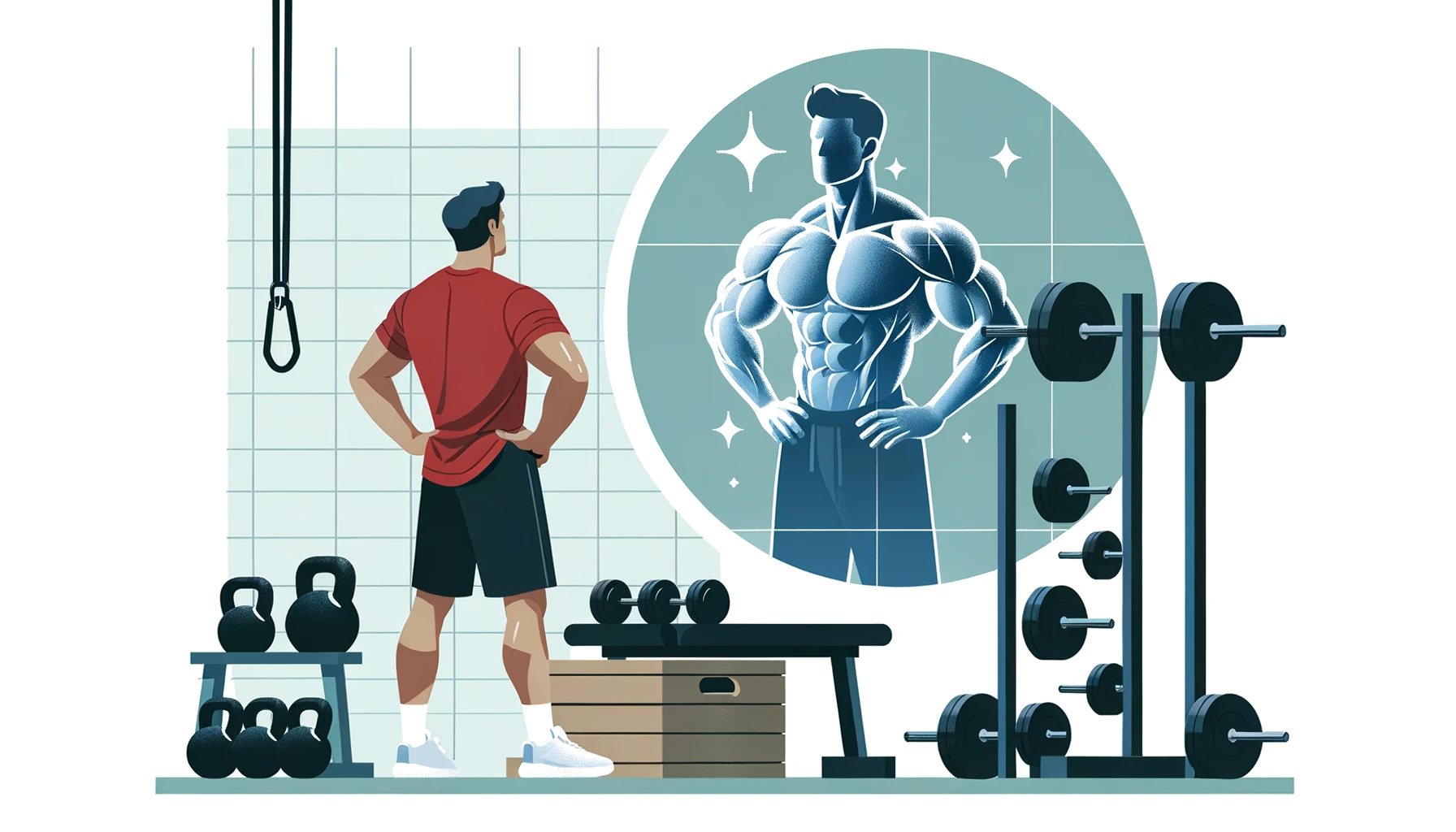
If you're aiming for that peak bicep look, traditional bicep curls should be your go-to.
However, if you're looking for functional strength and a more complete arm workout, hammer curls take the cake.
They offer a balanced approach to arm development, targeting multiple muscle groups.
While traditional bicep curls are excellent for isolating the biceps brachii, hammer curls offer a more well-rounded approach to arm development.
Depending on your fitness goals, both exercises have their place in a balanced workout routine.
When it comes to arm training, hammer curls are a game-changer.
Here's why you should consider adding them to your routine.
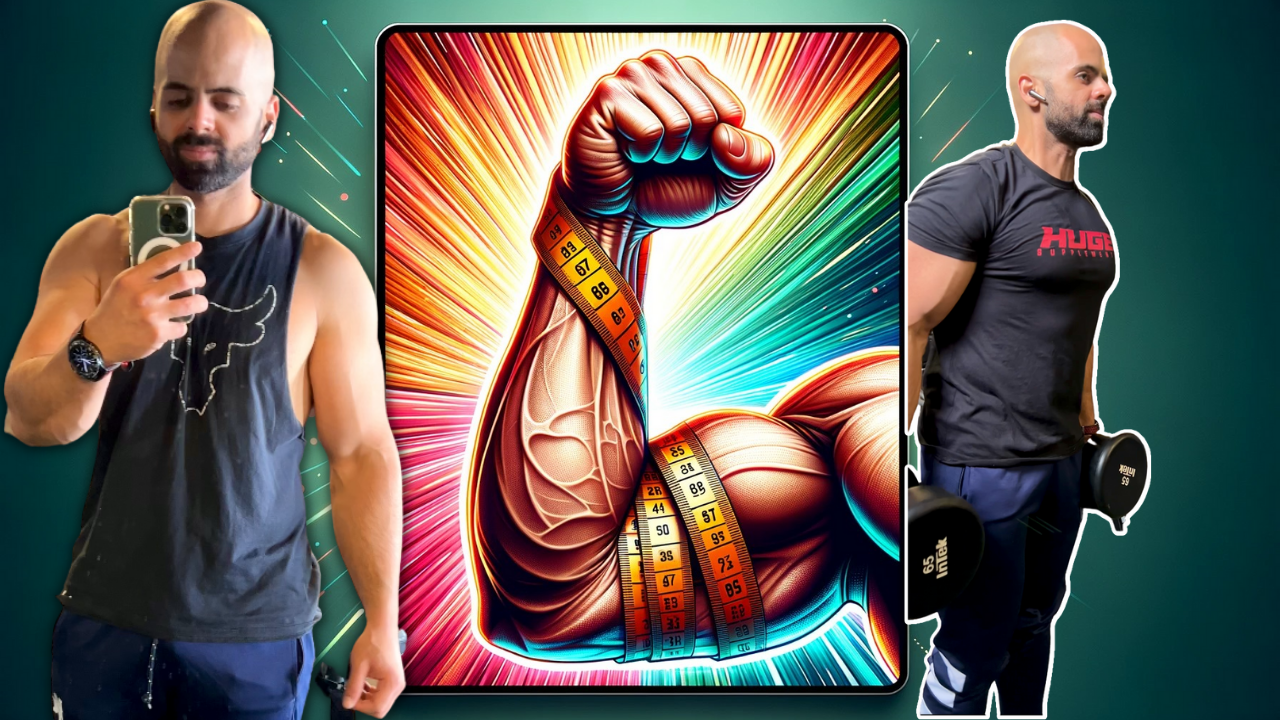
Hammer curls are a staple in arm training, but did you know you can spice them up with some variations?
These tweaks not only keep your workouts interesting but also challenge your muscles in new ways.
Each of these variations has its own benefits, targeting different parts of the arm and providing a diverse range of motion.
Feel free to mix and match to keep your arm workouts fresh and challenging.
So, you're sold on the benefits of hammer curls and their variations, but how do you incorporate them into your existing workout routine?
The key is strategically combining them with other exercises for a well-rounded arm workout.
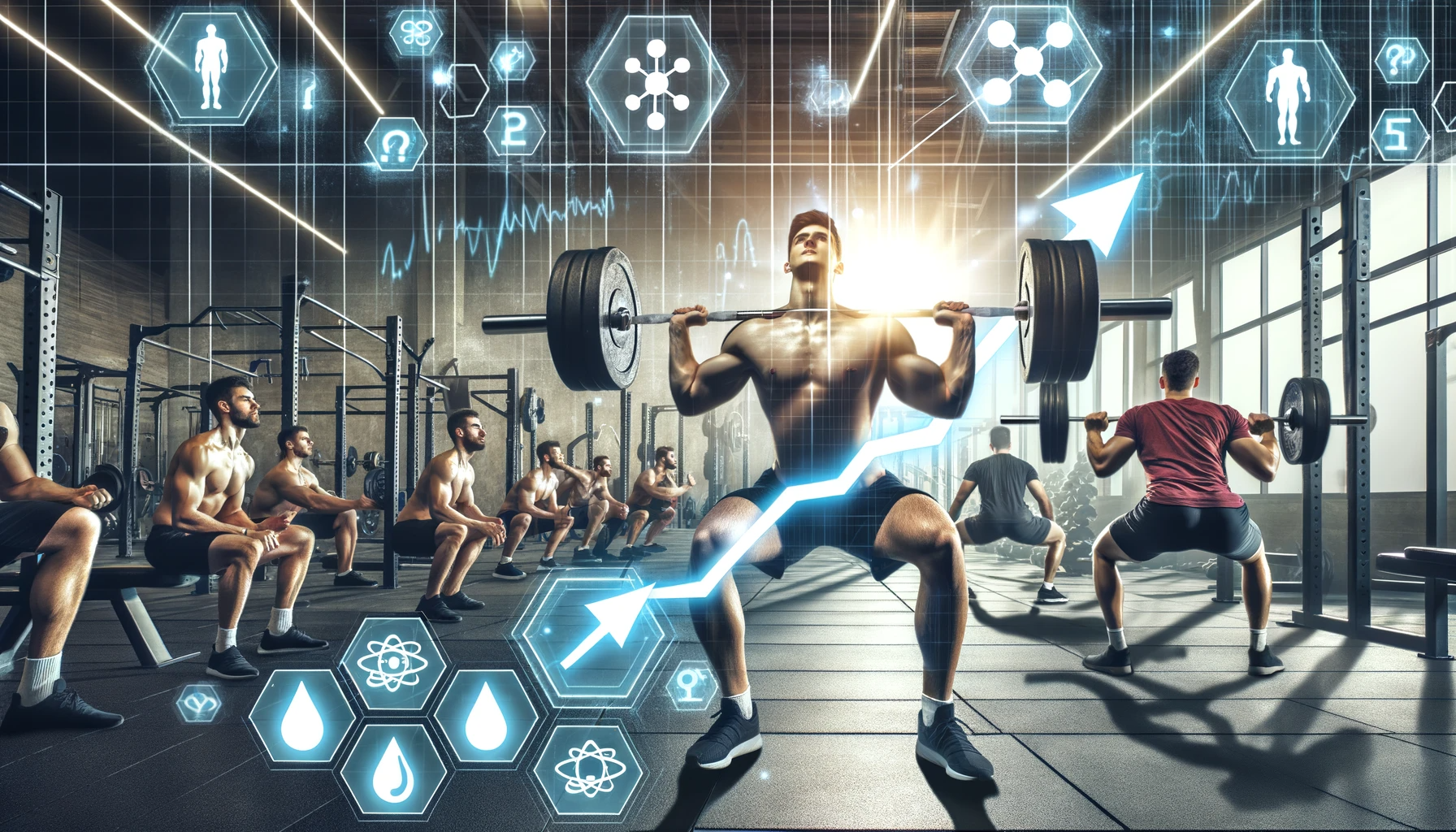
Start your workout with compound movements like bench presses or pull-ups.
These exercises engage multiple muscle groups and should be performed when you're freshest.
Once you've tackled these, move on to isolation exercises like hammer curls.
Hammer curls can be seamlessly integrated into a bicep and tricep workout.
Pair them with exercises like barbell curls, skull crushers, or tricep pushdowns.
This ensures that all aspects of your arms are being worked on.
If you're following a strength training regimen, hammer curls can be an excellent addition.
They can be incorporated into various strength training programs to add variety and target the biceps and forearms specifically.
If you're struggling to put on muscle, consider adding hammer curls to your hardgainer routines.
The exercise is effective for muscle hypertrophy and can be a game-changer for those who find it hard to gain size.
To keep track of your progress, you can use workout spreadsheets.
These allow you to log your sets, reps, and weights, helping you to stay organized and measure your progress over time.
Not sure which program to follow?
Use the program finder to discover a workout routine that aligns with your fitness goals.
Whether you're a beginner or a seasoned athlete, you'll find a program that fits.
By thoughtfully combining hammer curls with other exercises and tracking your progress, you can create a balanced and effective arm workout that yields results.
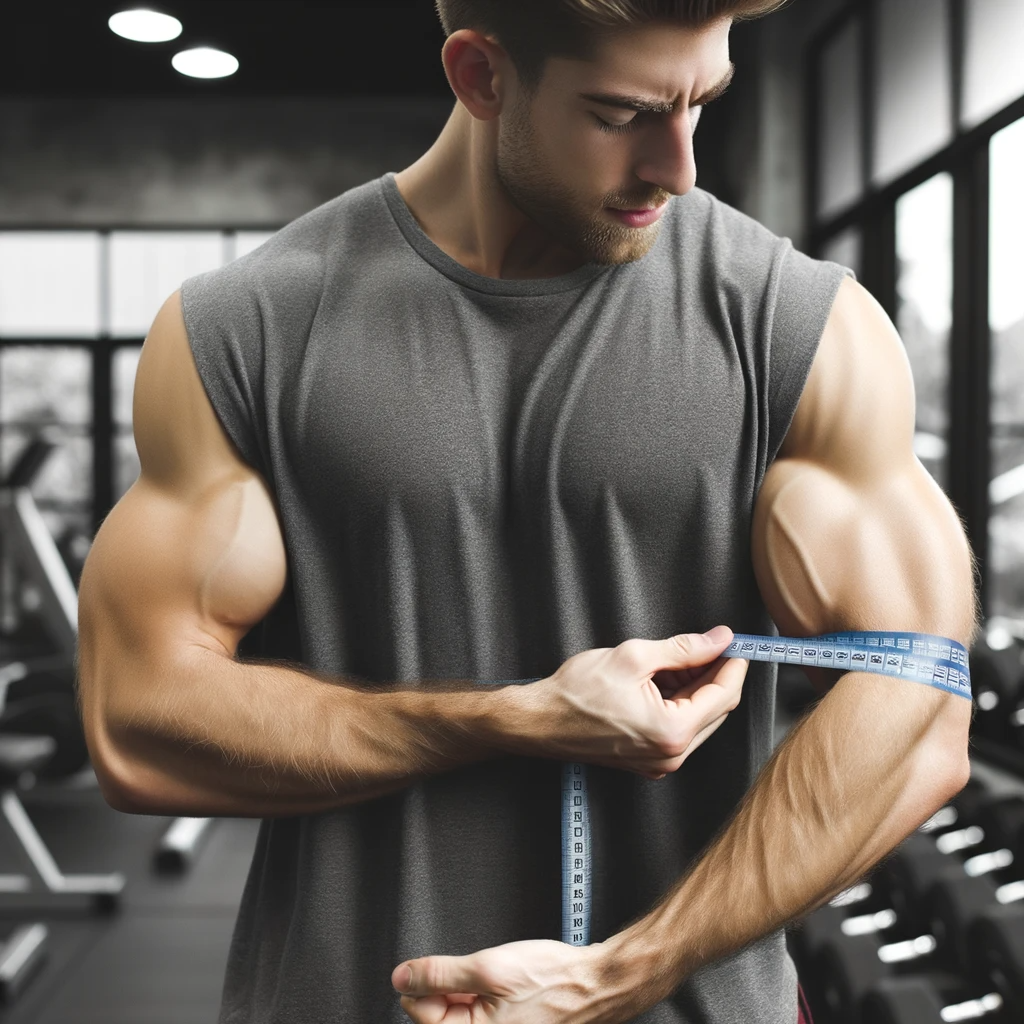
What muscles do hammer curls target?
Hammer curls work on the biceps, brachialis, and brachioradialis, offering a comprehensive arm workout.
How do hammer curls differ from traditional bicep curls?
Unlike traditional bicep curls that focus mainly on the biceps, hammer curls engage multiple arm muscles, leading to balanced development.
Can hammer curls improve my grip strength?
Yes, the neutral grip used in hammer curls can significantly enhance your grip strength.
Are hammer curls good for forearm development?
Absolutely, hammer curls target the brachioradialis, a key muscle in your forearm.
How can hammer curls reduce my risk of injury?
By targeting multiple arm muscles, hammer curls help maintain muscle balance, reducing the risk of injuries like tendonitis.
What equipment do I need for hammer curls?
You can perform hammer curls with dumbbells, barbells, or resistance bands.
How do hammer curls affect athletic performance?
The functional strength gained from hammer curls can improve your performance in sports requiring strong arms and grip.
Can hammer curls make my arms look bigger?
Yes, hammer curls work the brachialis, a muscle that can make your arms look fuller and more defined.
How often should I do hammer curls?
This depends on your fitness level and goals, but generally, 2-3 times a week is a good starting point.
What are some common mistakes to avoid?
Swinging the weights and not fully extending the arms are common mistakes that can reduce the effectiveness of hammer curls.
Hammer curls are more than just another arm exercise; they're a comprehensive solution for building stronger, more balanced arms.
From improving grip strength to boosting athletic performance, the benefits are manifold.
So, if you're still stuck on traditional bicep curls, it's time to switch to hammer curls for a more balanced arm workout.
Also, check out this complete guide for bigger biceps to further elevate your arm training.
Useful Links
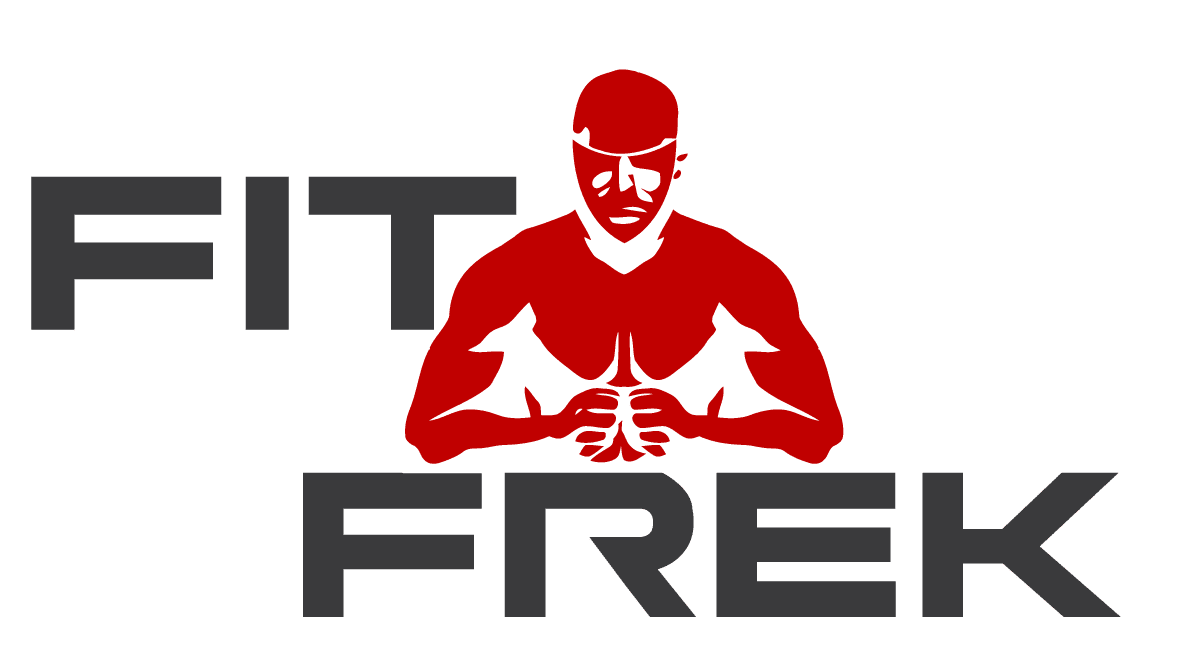 About FitFrek
About FitFrekFitFrek operates as an independent platform, offering comprehensive workouts, programs, routines, guides, and unbiased reviews to accelerate your progress. We pride ourselves on our honesty, delivering straightforward and candid insights. FitFrek does not offer medical advice, diagnosis, or treatment services.